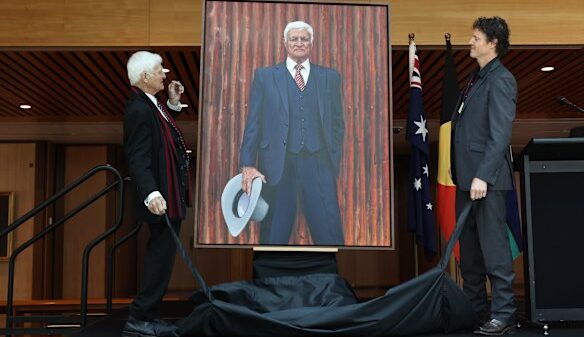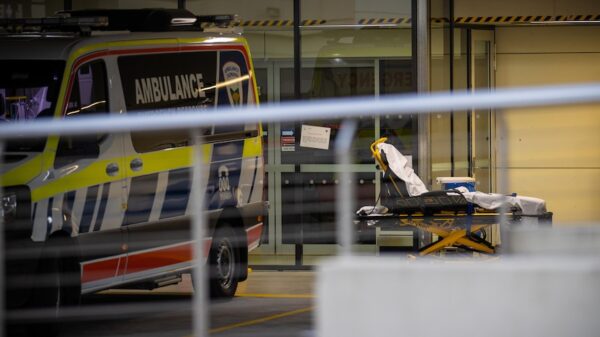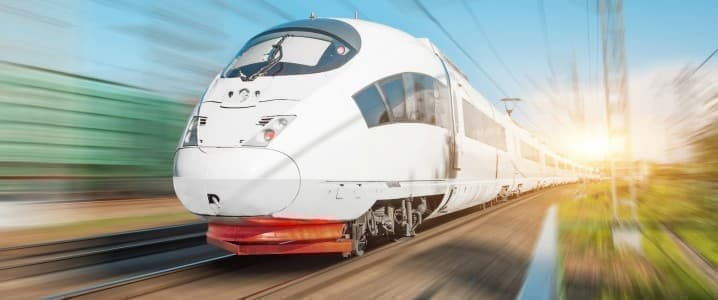As nations work towards a greener future, the transport sector faces significant challenges in reducing its reliance on fossil fuels. The shift to battery-powered trains is gaining traction, fueled by increased investments and innovations. Countries such as Japan and the United Kingdom are leading the way in developing battery train technology, showcasing promising outcomes that could revolutionize rail transport.
Japan has made substantial progress in this area. Between 2016 and 2019, Japan Rail introduced a fleet of battery trains, converting 18 Dencha trains from diesel to electric battery. These trains became the world’s first to operate on an alternating current (AC) network. By utilizing overhead power lines via a pantograph, the trains charge their batteries while running on electrified tracks. In non-electrified sections, the pantograph is lowered, allowing the battery to power the train. This transition has led to reduced engine noise, vibration, and emissions, alongside lower maintenance costs. By 2021, operators JR Kyushu and Hitachi Rail reported a reduction of approximately 2,700 tonnes in carbon emissions since the battery trains’ launch.
The United Kingdom is now looking to replicate Japan’s success. In early 2024, Hitachi Rail replaced the diesel engine in one of its intercity Class 802 trains with a 700 kW battery, successfully powering a 70 km segment of the journey exclusively with battery power. The chief director for Hitachi Rail’s U.K. and Ireland operations expressed pride in the achievement, stating, “Everyone should be immensely proud of creating battery technology that had zero failures during the entire trial.” The ambition now is to develop a full intercity battery-powered train capable of covering distances between 100 km and 150 km.
Several other U.K. train operators are also advancing in this area, given that much of the rail network already runs on overhead electric lines. Nonetheless, the full electrification of the U.K. rail system could take decades due to high setup costs. Great Western Railway (GWR) aims to address this gap by introducing fast-charging battery trains. Recently, GWR converted a London Underground train to test its battery technology along a five-mile return route between West Ealing and Greenford. This project demonstrated a promising 80 percent reduction in carbon emissions compared to a conventional diesel train.
In the United States, a 2021 study highlighted the potential for significant savings if freight rail operations transitioned to battery power. The study suggested that U.S. rail freight could save around $94 billion over 20 years with this shift. One startup, Voltify, is leading efforts to introduce battery-powered services for U.S. freight trains. Their innovative solution involves using sodium-ion batteries on wheels to pull existing train carriages. Co-founder Daphna Langer believes that if successful, Voltify could generate as much as $10 billion annually by persuading major U.S. rail freight companies to switch from diesel.
Currently, the six largest freight railroad companies in the U.S., including Union Pacific and CSX, spend over $11 billion a year on diesel fuel. With nearly 140,000 miles of freight railroad track in the U.S., the vast majority remains unelectrified. Voltify is also developing solar-powered microgrids that could eventually supply electricity to trains across North America. The company estimates that powering the entire network may require up to 1,400 microgrids.
While there remains a long path ahead before battery-powered rail travel becomes commonplace, recent advancements and successful pilot projects offer optimism. With various battery technologies under development, whether powered by overhead lines or embedded tracks, the potential for widespread deployment is significant. Such a transition could yield substantial savings for rail companies and contribute to meaningful reductions in carbon emissions, marking a pivotal shift in the future of sustainable transport.



































































